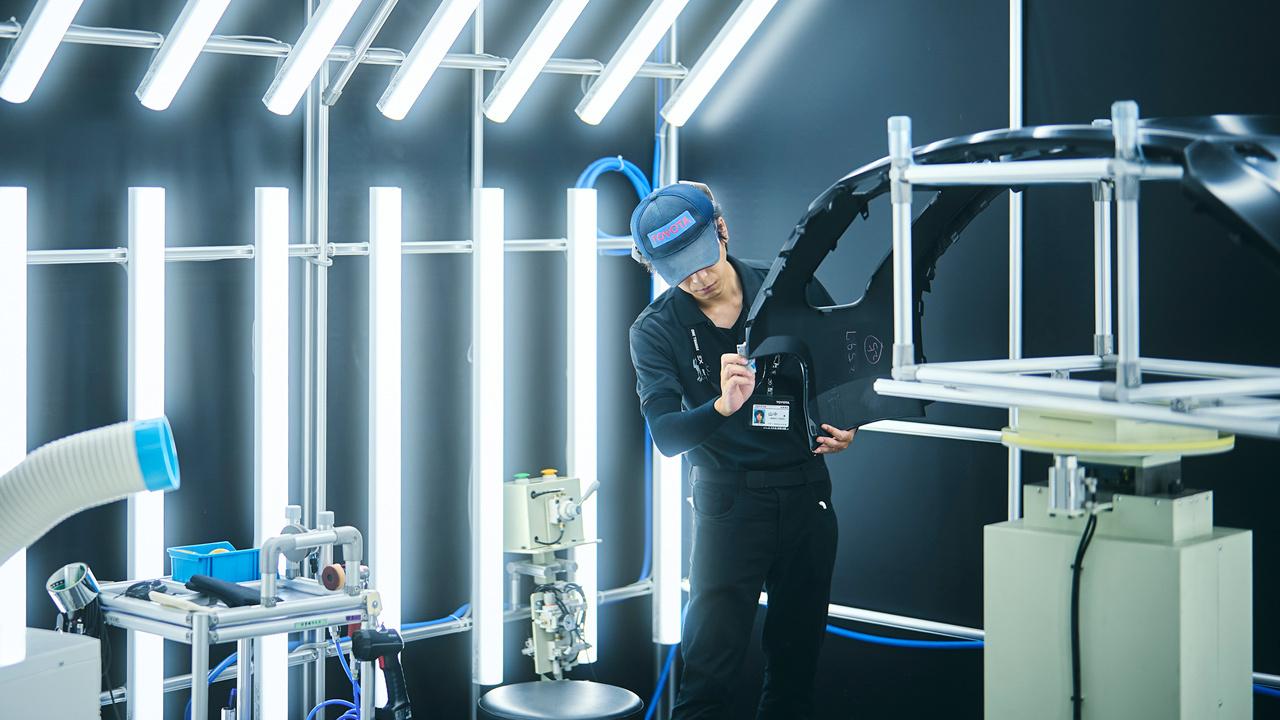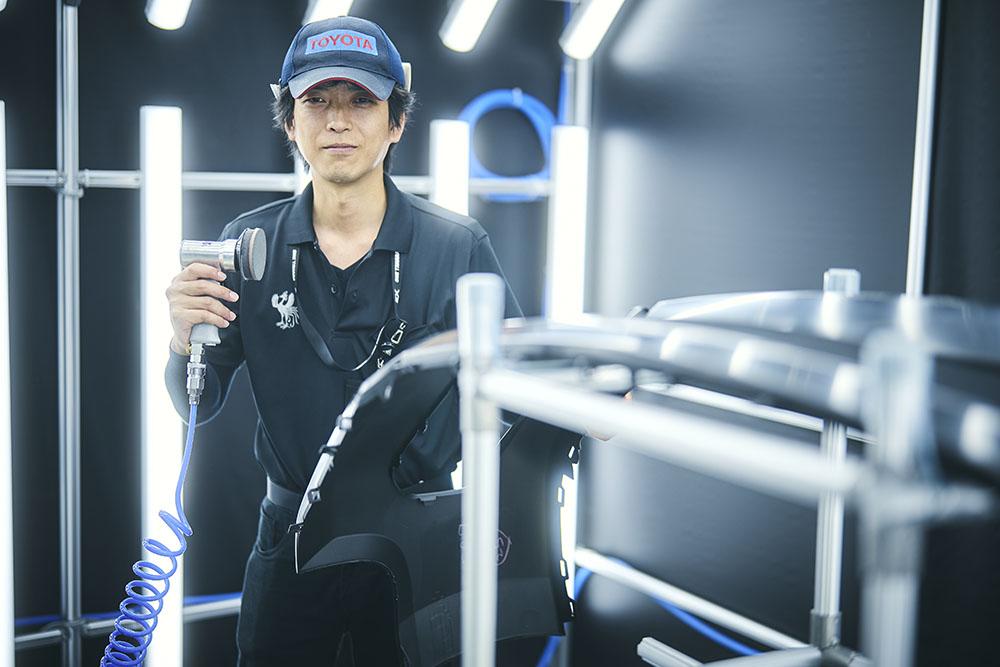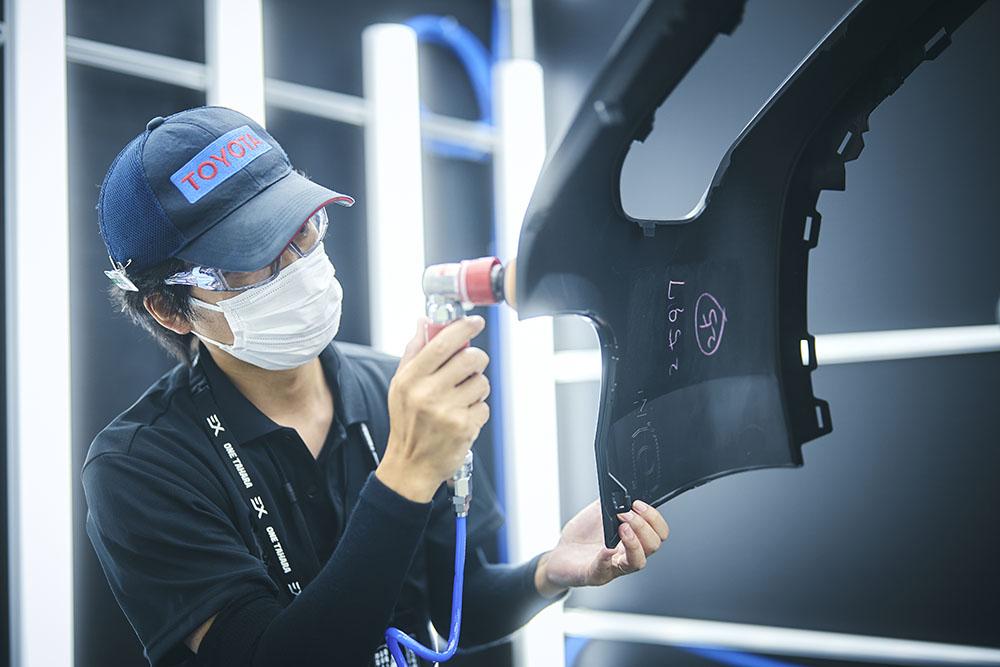
The process of molding plastic car parts inevitably leaves behind some faint work lines. To achieve the stunning finish of a Century bumper, one master plastics polisher smooths these markings down to thousandths of a millimeter.

Handwork still plays an important role in today’s car manufacturing, even as technology like AI and 3D printing offer more advanced methods. This series features the craftsmanship of Japanese monozukuri (making things) through interviews with Toyota’s carmaking masters.
To mark the recent launch of a new Century, this is the first of a special five-part series showcasing the craftspeople who work on the model.
We spotlight Tsubasa Yamanaka, a master plastics polisher whose unique pre-paint surface preparation method is essential for creating beautifully finished bumpers.

#14 Tsubasa Yamanaka, a master plastics polisher with a unique approach to preparing bumper surfaces
Expert, Bumper Manufacturing Section, Paint & Plastics Molding Div., Tahara Plant, Production Group, Toyota Motor Corporation
An essential part of any Century
Cars feature various plastic parts, from the exterior’s bumpers and rocker moldings (parts connecting the front and rear fenders along the lower body) to instrument and door panels inside the cabin.
Most of these plastic parts are made by a method called injection molding, in which molten plastic material is injected at high pressure into a mold inside an injection molding machine.
Injection molding is great for recreating complex shapes and smooth surfaces dreamed up by designers and is ideal for mass production.
At the same time, the method is not without its drawbacks. Injection molding involves combining lower and upper molds with the molten plastic poured in between. Inevitably, the resulting parts end up with faint lines (unevenness) where the molds come together.
Known as parting lines (PLs), these markings are generally left untouched on molded parts when they are sent off to the coating process. Manufacturers try to improve production efficiency by striking compromises between designs and manufacturing methods and positioning PLs inconspicuously on car bodies.
Another reason for leaving such lines is that, with a height of just 0.02 mm, they are barely noticeable under four layers of paint.

For the new Century, however, the design took priority. At the same time, the bumper’s large size made parting lines difficult to avoid from a design standpoint.
Another factor was the mirror-like finish of the painted body panels, part of the Century tradition. To match the body’s mirror finish, the plastic bumper’s parting lines must be as sleek as possible.
Smoothing out these PLs is the work of Tsubasa Yamanaka, a young plastics polisher in the Paint & Plastics Molding Division at Toyota’s Tahara Plant (Tahara, Aichi Prefecture), which produces the new Century.


